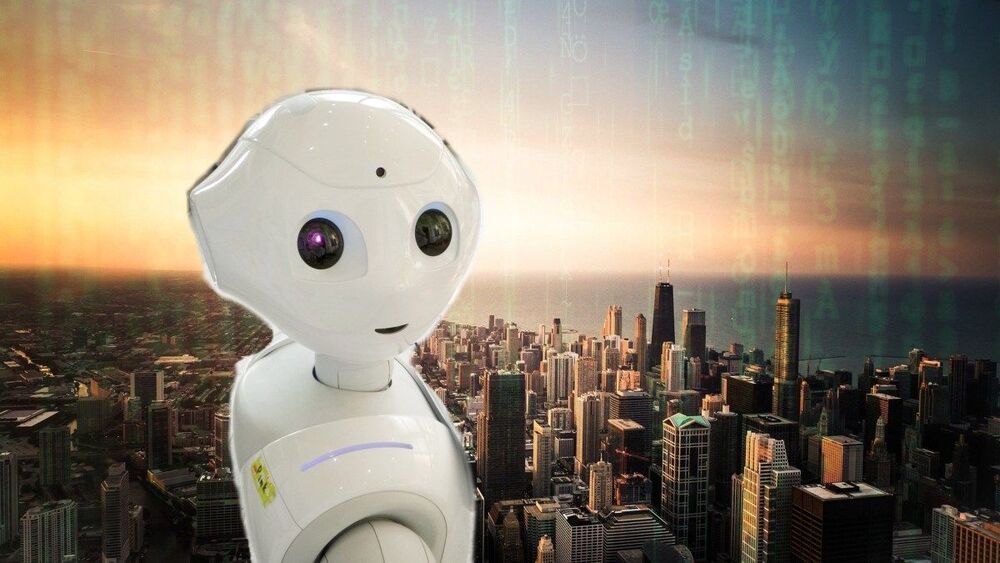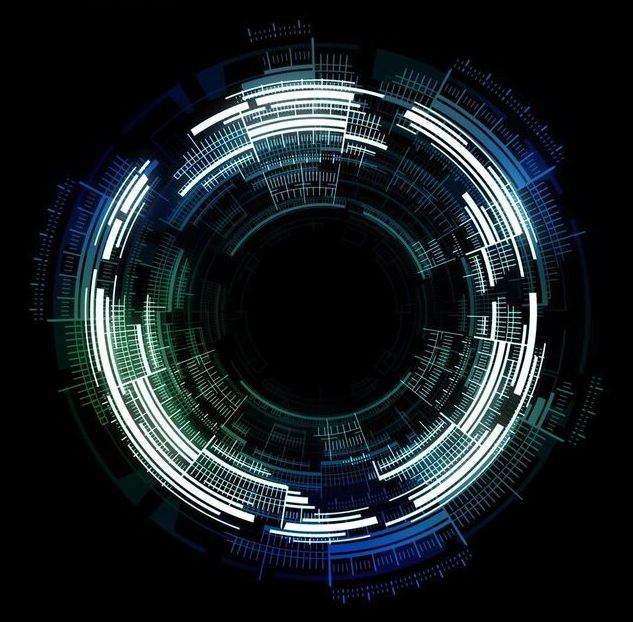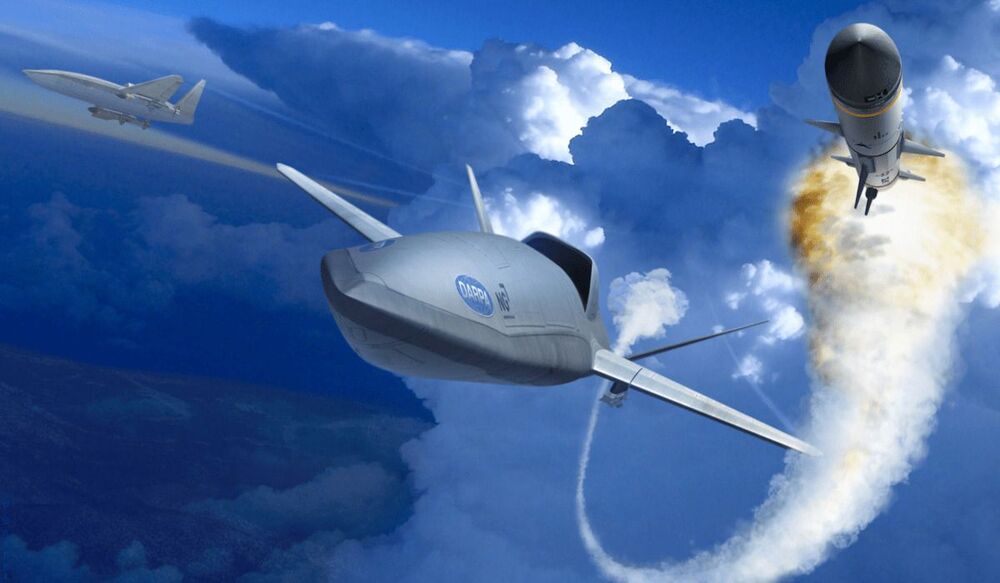By 2030, artificial intelligence will handle some of today’s more routine chores with great efficiency and some non-routine chores with greater aplomb.



Reservoir computing is a highly promising computational framework based on artificial recurrent neural networks (RNNs). Over the past few years, this framework was successfully applied to a variety of tasks, ranging from time-series predictions (i.e., stock market or weather forecasting), to robotic motion planning and speech recognition.

As a critic of modern life and technology, Ai-Da can draw thanks to artificial intelligence.

Onboard visual state estimation can save your quadrotor from a crash—and doesn’t need GPS to do it.


Instead of firing missiles, planes may carry and launch unmanned drones that will be able to shoot their own missiles to search and destroy targets.
Aerospace giant Northrop Grumman is wasting no time in this competition.
Just two days after DARPA named it as one of three competitors for the LongShot contract, the company released an image of its concept for an air-launched unmanned aircraft system (UAS), Aviation Week reported.
Imagine an unmanned aircraft, speeding ahead of its launch aircraft, that itself can fire multiple air-to-air intercept missiles that can seek out and destroy.
Using the pressure of the sun’s rays to propel spacecraft, solar sails will allow future unmanned missions to be longer and cheaper while reaching the outer solar system—and possibly beyond.
#Moonshot #Space #BloombergQuicktake.
——-
Like this video? Subscribe: https://www.youtube.com/Bloomberg?sub_confirmation=1
QuickTake Originals is Bloomberg’s official premium video channel. We bring you insights and analysis from business, science, and technology experts who are shaping our future. We’re home to Hello World, Giant Leap, Storylines, and the series powering CityLab, Bloomberg Businessweek, Bloomberg Green, and much more.
Subscribe for business news, but not as you’ve known it: exclusive interviews, fascinating profiles, data-driven analysis, and the latest in tech innovation from around the world.
Visit our partner channel QuickTake News for breaking global news and insight in an instant.
